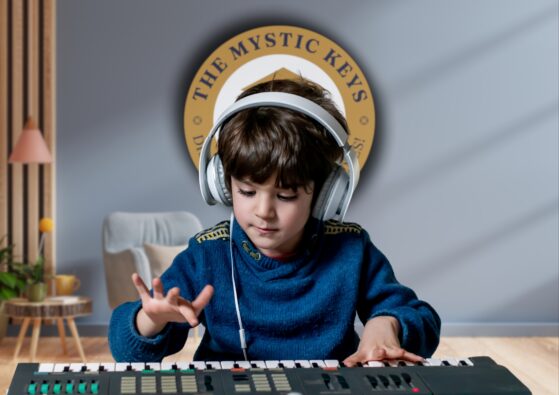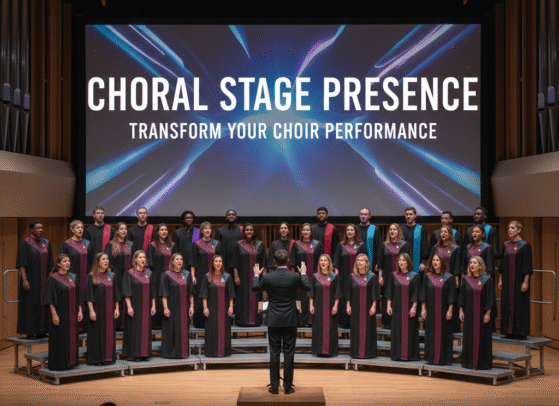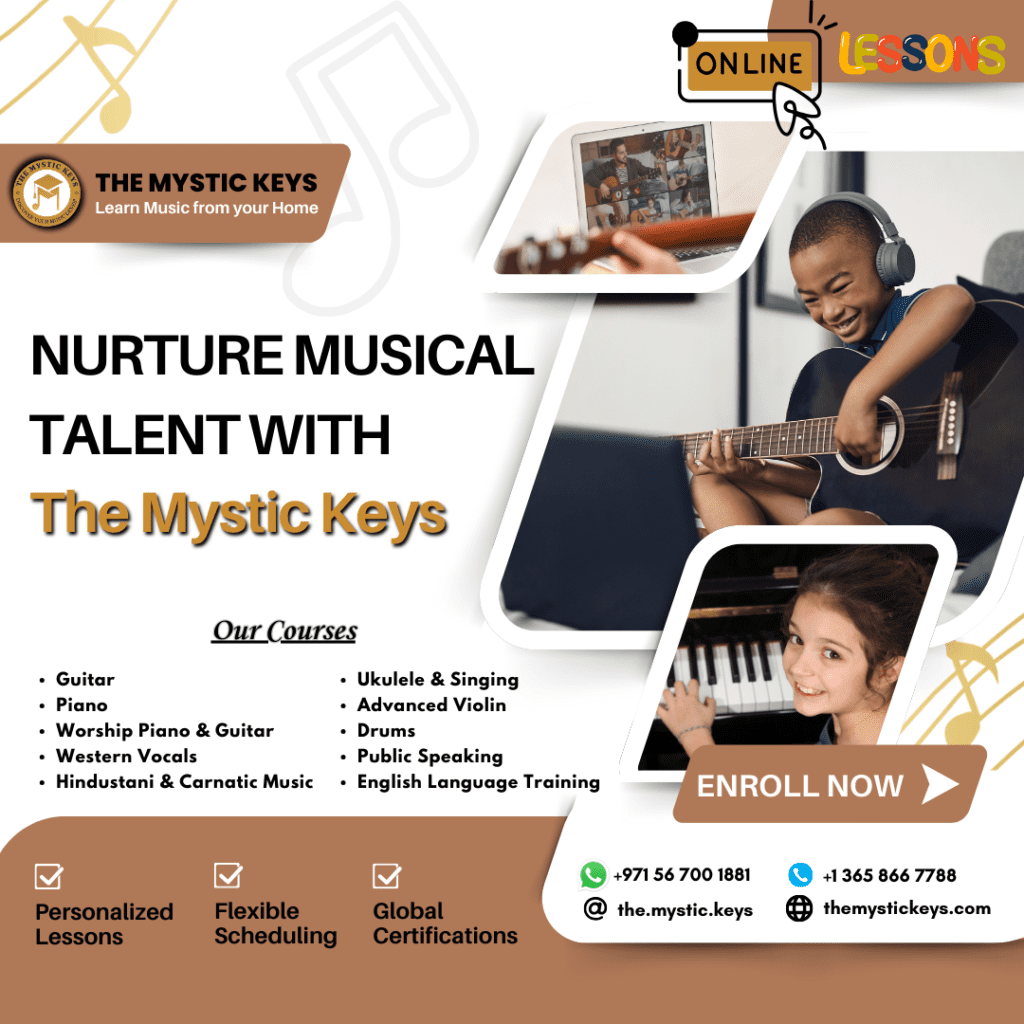Learn Music by Ear |The Role of Ear Training in The Mystic Keys’ Music Courses
Music is often described as a universal language—one that transcends boundaries, cultures, and words to speak directly to the soul. However, fluency in this language requires more than simply pressing keys, strumming strings, or following sheet music. In fact, true musicianship demands the ability to listen, interpret, and feel the essence of every sound. At The Mystic Keys (TMK), we guide students to learn music by ear, helping them train their ear to recognize and understand music intuitively.
Serving as the foundation for growth, this practice lies at the core of every musician’s development. It bridges the space between hearing and understanding, enabling students to move beyond technical execution toward genuine expression. By nurturing the ear, learners gradually begin to grasp how melodies flow, how harmonies intertwine, and how rhythm breathes life into every performance.
Building on this foundation, The Mystic Keys integrates this approach throughout its courses. From the earliest beginner lessons to advanced professional training, students are guided not just to play what they see, but also to comprehend what they hear. Each exercise, performance, and listening activity is carefully designed to strengthen this inner awareness, so that practice becomes discovery.
Ultimately, this holistic method transforms the student’s relationship with music. It cultivates confidence, creativity, and sensitivity, helping each learner grow from a performer into a true artist—one who doesn’t simply reproduce sound, but communicates emotion through it.

Understanding Ear Training and How to Learn Music by Ear
To become a confident musician, you must train your ear. In fact, ear training, or aural skills training, not only teaches you to recognize notes, intervals, chords, scales, and rhythms, but also helps you sense the tone and emotion behind the music. By doing so, you gradually learn music by ear, giving you the ability to reproduce and understand music without relying solely on sheet music.
As you train your ear, passive hearing gradually becomes active listening. Consequently, you start to anticipate melodies, understand harmonies, and feel rhythms instinctively. This means that whether you are at the piano, strumming a guitar, or singing, you naturally connect sound with understanding.
At The Mystic Keys, ear training is integrated into every lesson. Moreover, exercises are progressive and practical, which allows listening skills to develop alongside playing or singing. Over time, students gradually build intuition, confidence, and expression. Ultimately, music stops being just a sequence of notes—it becomes something you feel, interpret, and create.

Why Ear Training Helps You Learn Music by Ear
1. Enhances Musical Memory
A well-trained ear helps students remember what they hear. Instead of relying solely on sheet music, they learn to internalize melodies, chord progressions, and rhythmic structures. This enhances recall and enables musicians to recreate or build upon music naturally. At TMK, students often begin by listening to simple motifs and later progress to reproducing entire songs by ear—developing sharp memory and deep understanding in the process.
2. Improves Pitch and Intonation
Pitch accuracy is a cornerstone of musicianship, crucial for both instrumentalists and vocalists. To achieve this, The Mystic Keys emphasizes the importance of training your ear—guiding students through carefully structured exercises that focus on recognizing intervals, scales, and subtle tonal differences. As learners practice, they not only refine their intonation but also develop an intuitive sense of pitch, allowing them to sing or play accurately without hesitation. Over time, this focused training transforms their perception of sound, enabling them to detect even the smallest variations in tone and perform each note with confidence and expressiveness.
3. Strengthens Rhythm and Timing
Music is not just melody—it is movement. A strong sense of rhythm allows musicians to stay in sync and express music dynamically. Ear training sharpens rhythmic awareness, helping students recognize tempo shifts, syncopations, and beat subdivisions. At TMK, rhythm exercises are both engaging and practical, blending clapping drills, percussive imitation, and rhythmic dictation to build natural coordination.
4. Unlocks Improvisation and Creativity
Improvisation is the mark of a true musician. But improvisation requires the ability to anticipate what comes next—to hear patterns and respond creatively. Through ear training, TMK students gain the skills to analyze and predict harmonic movement, empowering them to improvise with confidence across genres—from classical to jazz to worship music.
5. Fosters Emotional Expression
Music is not only about technical perfection; it’s about emotion. A musician who can perceive dynamics, phrasing, and tone can convey feeling more authentically. Ear training helps TMK students listen beyond the surface—to understand how slight variations in sound evoke powerful emotional responses. This depth of listening enriches performances, making them heartfelt and human.

How The Mystic Keys Teaches Students to Learn Music by Ear
What sets TMK apart is how students are encouraged to train their ear throughout every course. Instead of treating ear training as a series of isolated drills, it is presented as an integrated, practical part of the musical journey. This approach allows students to learn music by ear and immediately apply what they hear to their playing or singing. In turn, each lesson reinforces both listening and performance skills, making learning more cohesive, intuitive, and meaningful.
1. Structured, Progressive Exercises
Our courses feature step-by-step listening exercises, starting from simple note recognition for beginners to complex chord progressions, melodic dictation, and rhythmic variations for advanced learners. Each stage builds on the last, ensuring steady, measurable growth.
2. Modern Tools for Interactive Learning to Learn Music by Ear
Modern technology enhances traditional methods, and at TMK, it plays a key role in ear training. By integrating apps and software, students receive instant feedback on pitch, intervals, and rhythm, which keeps learning both engaging and interactive. This immediate response allows learners to see their progress clearly, repeat exercises as needed, and gradually move on to more challenging aural skills. Over time, these tools not only reinforce technical accuracy but also build confidence and musical intuition, bridging practice with practical understanding.
3. Integration with Instrumental Practice
Unlike many courses that teach ear training separately, TMK integrates it directly with instrument or vocal practice. A keyboard student may learn to play a melody by ear, a guitarist might identify chord progressions aurally, and singers practice harmonizing with what they hear. This holistic approach reinforces skills and makes them practical in real-world scenarios.
4. Real-World Applications
Ear training at TMK goes beyond simple exercises. In fact, it is applied directly in song transcription, ensemble practice, improvisation, and performance preparation. Through these activities, students learn to navigate real music situations with confidence. Whether performing live, recording in a studio, or composing original pieces, they are guided to respond intuitively and musically.
5. Emphasis on Genre Diversity to Learn Music by Ear
TMK’s curriculum exposes students to diverse musical traditions, including Western classical, Hindustani classical, contemporary worship, jazz, and pop. Ear training exercises reflect the nuances of each genre, helping students develop adaptability and a wide-ranging musical palette.

Train Your Ear for Growth and Musical Transformation
The impact of ear training at TMK goes far beyond technical improvement. In fact, it gradually reshapes how students perceive and connect with music. As learners move through our courses, they begin to think in sound rather than notation. Consequently, they start recognizing relationships between melody, harmony, and rhythm almost instinctively.
This shift leads to a transformation in how students play. They move from performing mechanically to playing musically, noticing subtle harmonic movements, anticipating chord progressions, and responding naturally to tonal changes. As a result, their ensemble coordination, composition skills, and overall expressive performance improve noticeably.
Furthermore, ear training fosters musical independence. Students no longer rely solely on written scores or instructor cues. Instead, they can pick up a tune by listening, adapt to new styles with ease, and even create their own arrangements. This growing confidence flows directly into more dynamic performances and a deeper sense of artistic freedom.
Ultimately, at The Mystic Keys, ear training is seen as a gateway to self-expression. It empowers musicians to move from merely reproducing music to fully understanding and internalizing it. In this way, they unlock a level of artistry that seamlessly blends intellect with emotion, making every performance more authentic and engaging.

Conclusion
Train Your Ear—ear training is more than a subject—it’s a mindset. It begins with listening deeply, then moves to thinking musically, and finally leads to responding creatively. At The Mystic Keys, this practice forms the foundation of every musical discipline, guiding students to connect intellect with intuition and knowledge with feeling. By learning to learn music by ear, students develop the ability to internalize melodies, harmonies, and rhythms, making their musical understanding intuitive and fluid.
Through a blend of structured exercises, modern tools, and immersive real-world applications, TMK ensures that students not only develop a strong aural foundation but also apply it directly to their playing and singing. This approach gradually strengthens technique, enhances performance, and deepens expressive ability.
Ultimately, training your ear at The Mystic Keys is not just about mastering sound—it’s about discovering one’s unique musical voice. As a result, students evolve into musicians who don’t merely play music; they truly experience, interpret, and live it.
For more information and exciting resources about learning music, visit our website at The Mystic Keys. For more music content and exciting offers follow us on
Facebook, Instagram, YouTube, LinkedIn, Twitter, Pinterest, and Threads.








